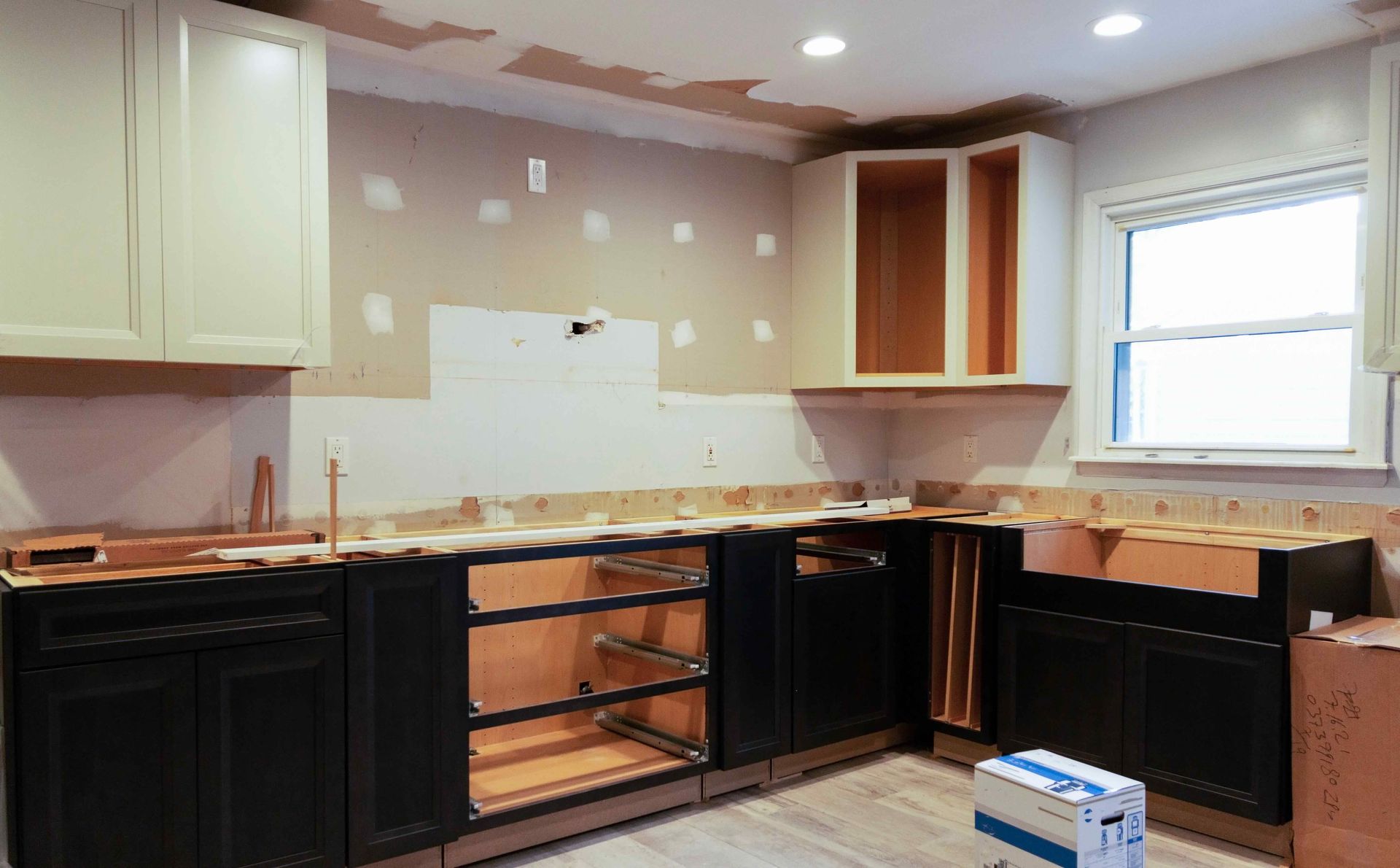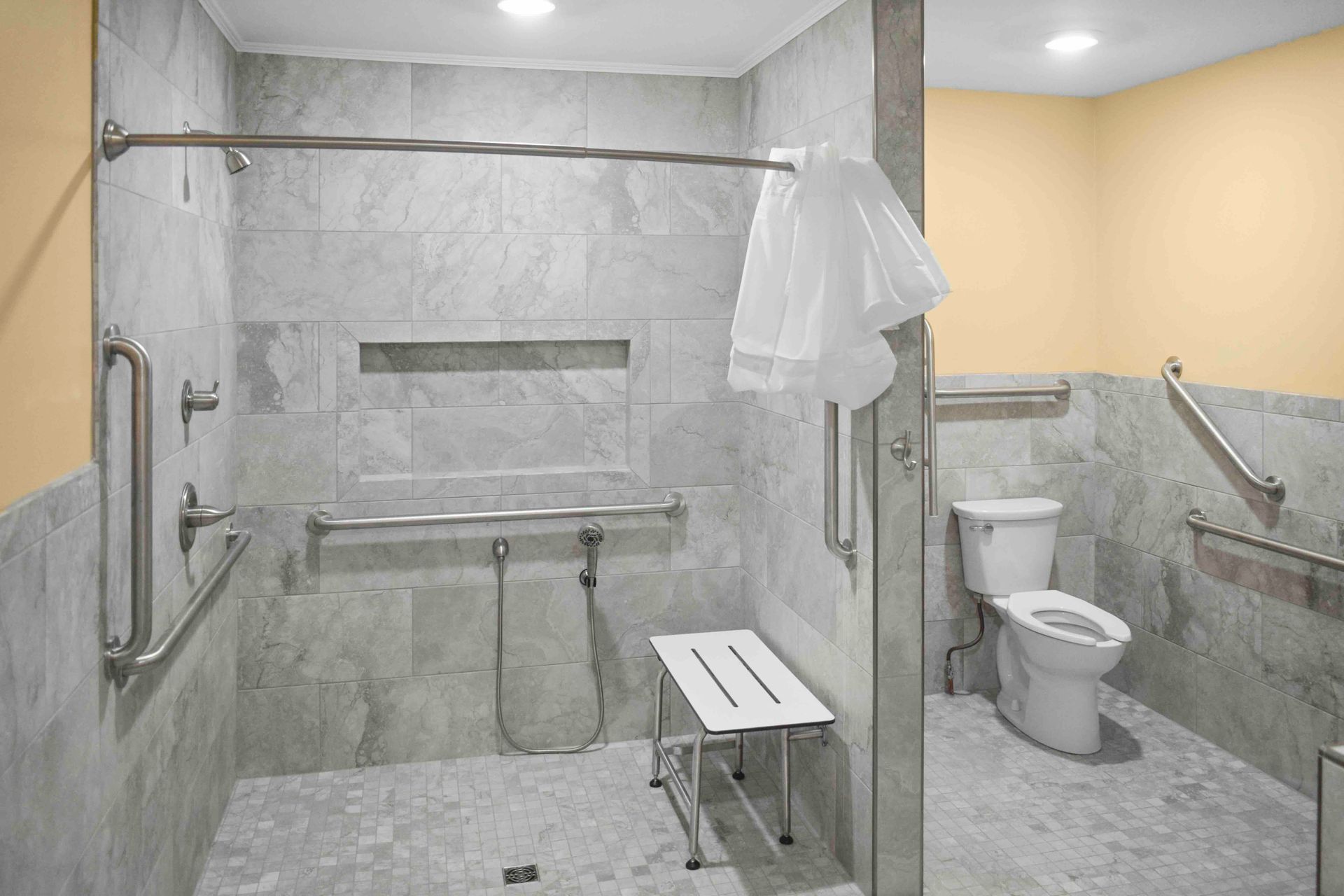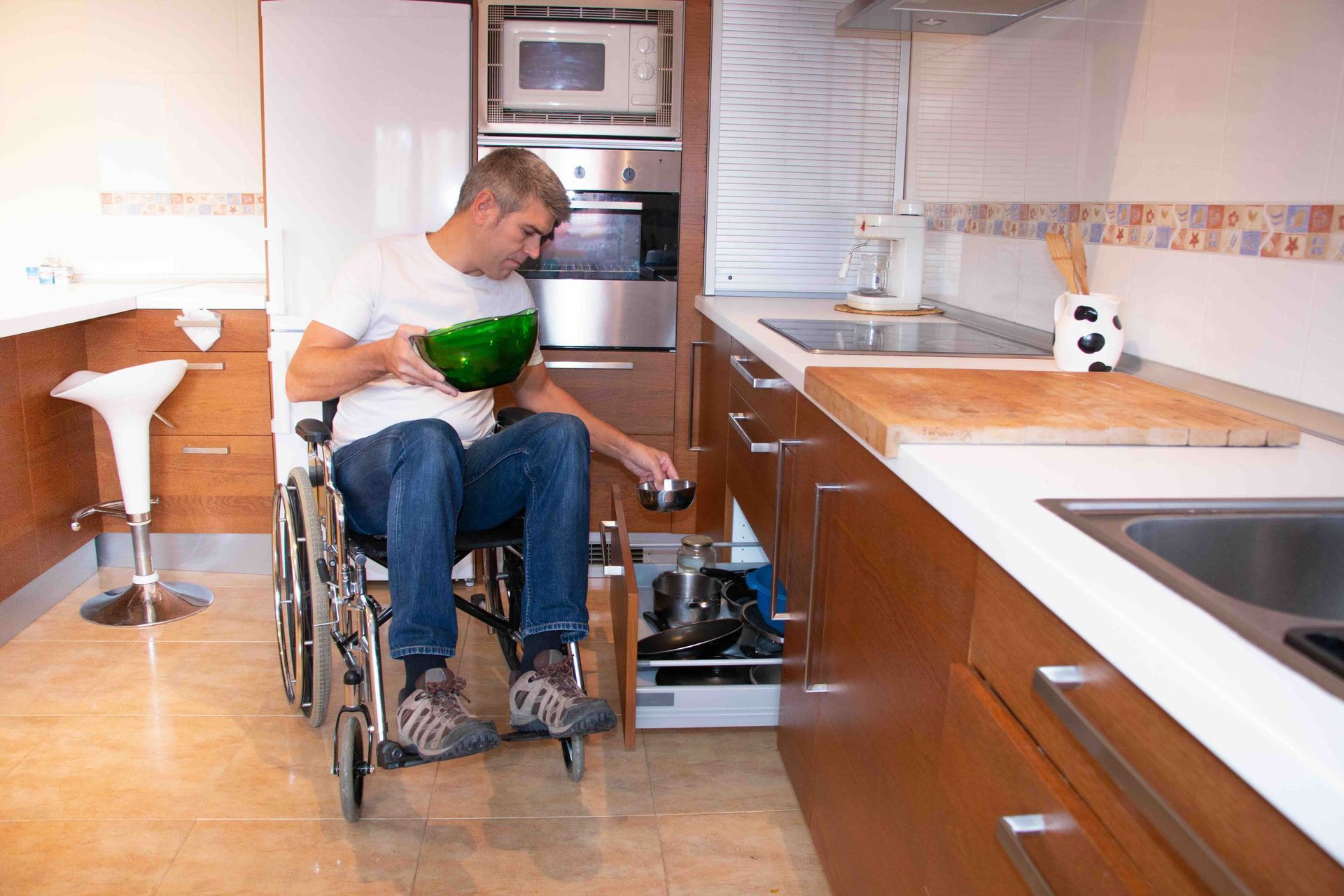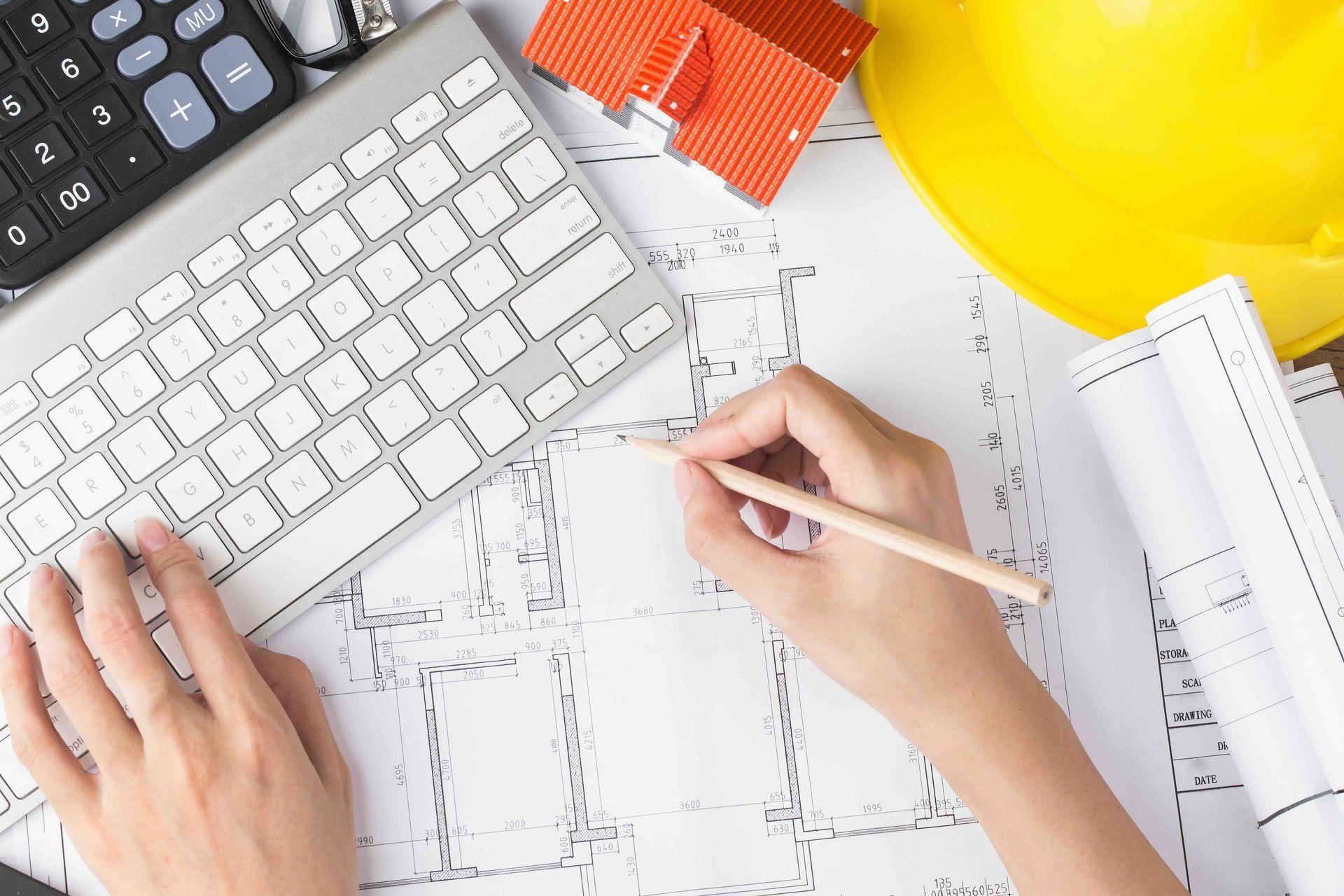Why Aging in Place is a Natural Choice for Many People
From bustling youth to the wisdom of our later years, we've faced a never-ending series of trials and triumphs. We've adapted, endured, and shaped our paths as best we could. But amidst the constant need for change and growth, one aspect of our lives often remains a haven: our home. Searching for a new place to live isn't an exciting adventure for most of us. It's a task undertaken only when circumstances dictate it.
The reasons for a potential move can be compelling. A growing family might strain the limits of our current dwelling, or perhaps our commute to work has become unbearable. Maybe the expenses of maintaining the place outstrip our current budget, or the constant need for repairs is starting to feel overwhelming. But even with these frustrations, there's an undeniable comfort in the familiar walls we know, the routines we've established. Compared to the uncertainty of a new abode, our flawed yet familiar home often becomes the more appealing option.
After all, the things that truly matter in life are probably within arm's reach. It's the worn-out sofa perfect for movie nights, the shelves crammed with well-loved books, or the kitchen tools passed down through generations. These are more than mere possessions; they're extensions of ourselves. This sense of ownership extends to the people within our home: family members who provide comfort, friends who bring laughter, and even pets whose joyful presence warms our hearts.
We have a history with our home—a shared story written across its walls. Perhaps it's where we raised our children or hosted countless lively gatherings. Even imperfections, like the squeaky floorboard or the chipped paint, carry sentimental value. We might not consciously love every aspect of our home, yet navigating its spaces is a deep-rooted satisfaction. We know the rhythm of this place—where to find the forgotten flashlight or the creaky step to avoid when sneaking a midnight snack.
The Emotional Cost of Moving
The decision to uproot ourselves carries a significant emotional weight. It's about more than packing boxes and redirecting mail; we're potentially severing ties with a physical representation of our life experience. It's saying goodbye to the tree your children climbed, the walls that hold echoes of their laughter, and the garden you lovingly tended. Relocating forces us to question whether the grass truly is greener elsewhere.
The process itself can be daunting. Searching for listings, attending open houses, and the endless bureaucracy of paperwork feel like an invasion of our well-earned stability. Beyond the practical challenges, there's the nagging anxiety of the unknown. Will we find a place that feels as right as this one? Will we build the same kind of community and connections elsewhere? There's an inherent risk in leaving behind the familiar to pursue something that may or may not be an improvement.
When Moving Becomes Inevitable
There are times when change is unavoidable. Evolving life circumstances, financial hardships, or a deep longing for a fresh start might make moving the most sensible option. However, it's essential to acknowledge the emotional toll this process can take.
Making the transition smoother can involve finding ways to preserve the spirit of your old home. Perhaps this means incorporating familiar furniture pieces into your new décor, replicating beloved routines, or maintaining connections with old neighbors and your former community. Even taking pictures of cherished nooks and crannies can help you retain that connection to your past home long after the boxes are unpacked.
Appreciating the Place We Call Home
While the allure of new beginnings is enticing, it's essential to recognize and appreciate our unique bond with the spaces we call home. Beyond its physical structure, our home is a repository of memories, a testament to our resilience, and a reflection of who we are. Before we embark on the upheaval of moving, taking a moment to acknowledge the value our current dwelling holds can bring surprising comfort, even if its imperfections occasionally feel overwhelming.
Making Aging in Place Better and More Convenient for Everyone
The concept of "aging in place" refers to the desire of many seniors to remain in their homes as they grow older rather than moving into assisted living or nursing home facilities. Its philosophy focuses on preserving independence, comfort, and the cherished familiarity of one's home. While aging in place can be rewarding and beneficial, it also comes with challenges. Ensuring the house is safe, comfortable, and suitable for potential mobility changes is vital. This is where barrier-free living and home modification projects are critical to making aging in place successful and enjoyable.
Let's explore how you can turn your home into a haven that supports the longevity of its residents.
Understanding Barrier-Free Living
Barrier-free living involves the application of design principles targeted explicitly at ensuring that spaces are accessible to individuals of all ages and abilities. This comprehensive approach is focused on eliminating physical obstacles and optimizing the home environment to facilitate ease of navigation and utilization, irrespective of any potential changes in mobility, talent, or sensory capabilities that individuals may encounter.
The core objective is to create living spaces that are universally accommodating and user-friendly, enhancing inclusivity and functionality for everyone residing within or visiting the space. This entails not only the removal of barriers but also the proactive design of features that promote independence, safety, and comfort for a diverse range of individuals with varying needs and capabilities. Barrier-free living is essential for people with disabilities, regardless of age.
Accessible homes enable them to live independently, participate in daily life, and reduce reliance on others. A barrier-free society means true inclusion for those with disabilities. Accessible design allows for full participation in social activities, work, and community life. Just like with seniors, homes adapted for disabilities significantly reduce hazards and increase feelings of security. This fosters confidence and can boost self-esteem.
Why Barrier-Free Living is Essential for Aging in Place
- Safety: One of the primary concerns associated with aging in place is the increased risk of falls and accidents. Barrier-free modifications significantly reduce these hazards. For example, a slippery bathtub can be replaced with a walk-in shower with grab bars or a staircase with an uneven surface can be transformed with an adequately built ramp.
- Independence: Enabling seniors to perform tasks independently and move around without external assistance is at the heart of aging in place. Barrier-free environments allow individuals to maintain or even increase their level of autonomy, reducing dependence on others.
- Comfort and Well-being: A home designed for accessibility is inherently a more comfortable place. Wider doorways, easy-to-reach storage, and smooth transitions between flooring types not only improve accessibility but also enhance the overall user experience.
- Preparing for the Future: Even if an older adult is fully mobile, implementing barrier-free principles is a proactive approach. Making changes in advance can prevent stress and scrambling if health conditions change unexpectedly.
Some Key Barrier-Free Home Modification Projects
Ramps
Ramps eliminate the obstacle of stairs and are crucial for wheelchair users or those using walkers. Well-constructed ramps, both temporary and permanent, must have proper slopes, landings, and sturdy handrails for optimal safety.
Doorways
Narrow doorways impede navigation for wheelchairs, walkers, and those with reduced mobility. Widening doorways is a practical modification for improving overall accessibility.
Bathrooms
Bathrooms are often the most hazardous rooms in a house. Installing grab bars, creating walk-in showers, and replacing bathtubs with benches or roll-in showers can significantly increase safety and usability. Consider toilet risers to ease sitting and standing as well.
Flooring
Tripping hazards are a significant concern for seniors. Removing loose rugs, securing carpets, ensuring smooth transitions between floor types, and selecting non-slip materials contribute to a barrier-free space.
Lighting
Good lighting prevents accidents and improves visibility, especially for individuals with reduced eyesight. Increase task lighting in areas like the kitchen or workshop and ensure consistent overall illumination in rooms and hallways. Motion-sensor lighting can be a helpful tool.
Lever Handles
Traditional doorknobs can be difficult to grasp and operate. Replacing them with lever handles makes opening doors significantly more accessible for those with diminished hand strength or dexterity.
Kitchen Adaptations
Lowering countertops, installing pull-out shelves, and replacing cabinet knobs with handles can help seniors access kitchen necessities and maintain their culinary independence.
Beyond Physical Modifications
While significant home renovations may be essential in some cases, barrier-free living extends to more minor, everyday adjustments that can make a substantial difference.
Declutter and Rearrange: Eliminate unnecessary furniture or items that obstruct pathways. Keep frequently used objects within easy reach and avoid excessive bending or stretching.
Assistive Technology: Smart home devices, motion-activated lighting, medication reminders, and personal alert systems can enhance safety and independence.
Reachable Outlets & Switches: Lower light switches and raise electrical outlets to make them more accessible while reducing the need for stooping or reaching.
Non-Slip Surfaces: Add non-slip mats or texturized strips to bathtubs and shower floors. Use non-slip rugs in areas prone to moisture.
TALK TO THE EXPERTS OF LAKESHORE BARRIER FREE TODAY!
We believe that everyone should have access to every area of their home! We work directly with you to make sure that every grab bar, bathroom sink, kitchen countertop, patient lift, and more is at the perfect location for you and your loved ones. Call us at
(616) 477-2685 or email us at
Info@LakeshoreBarrierFree.com
Share this blog







